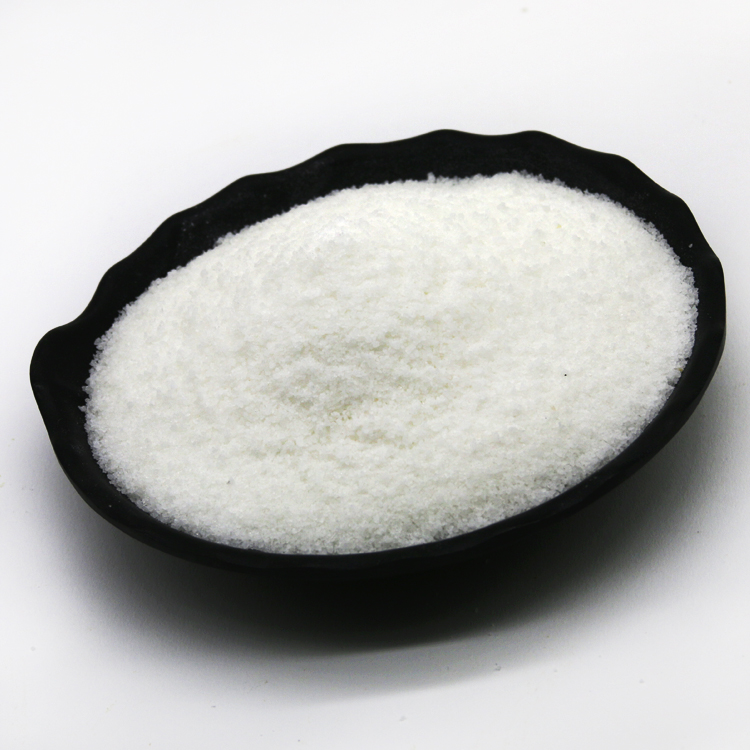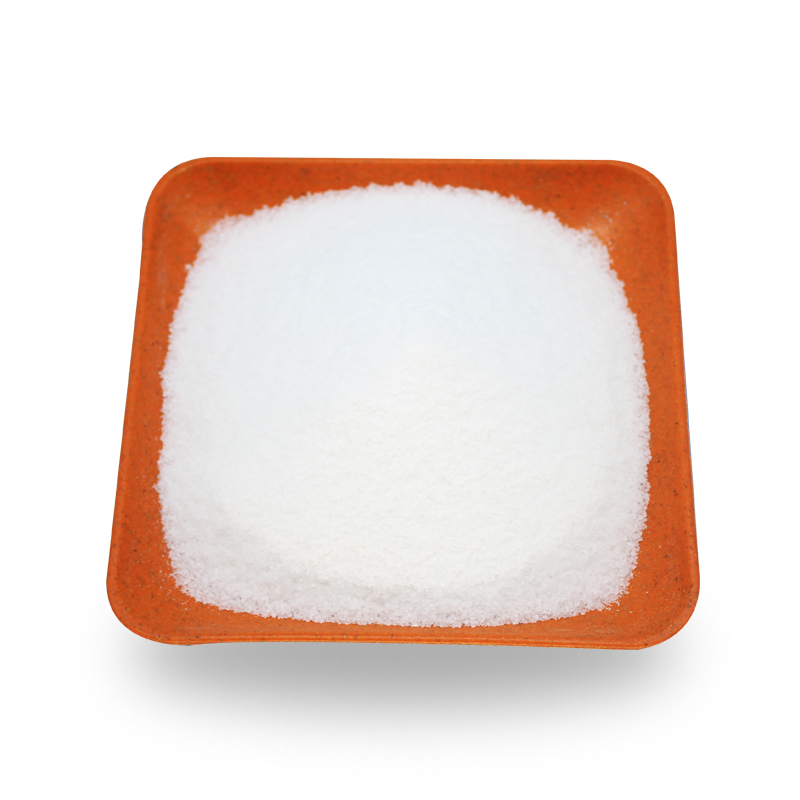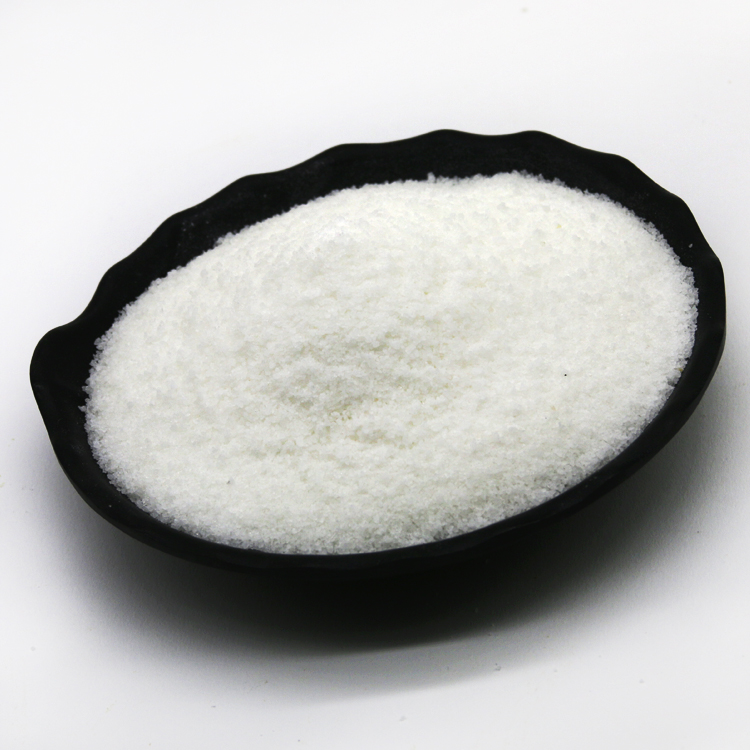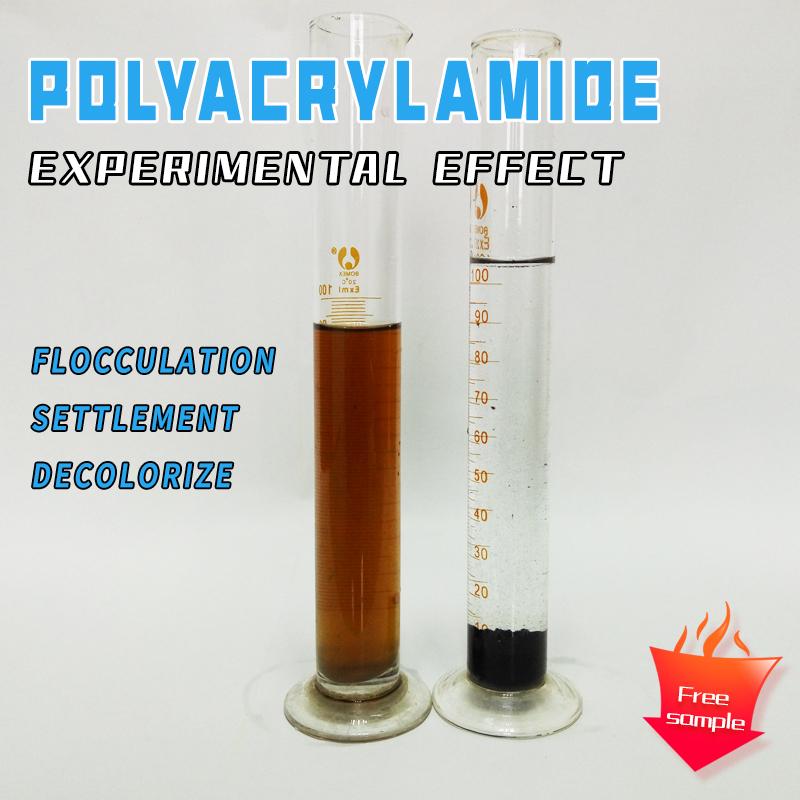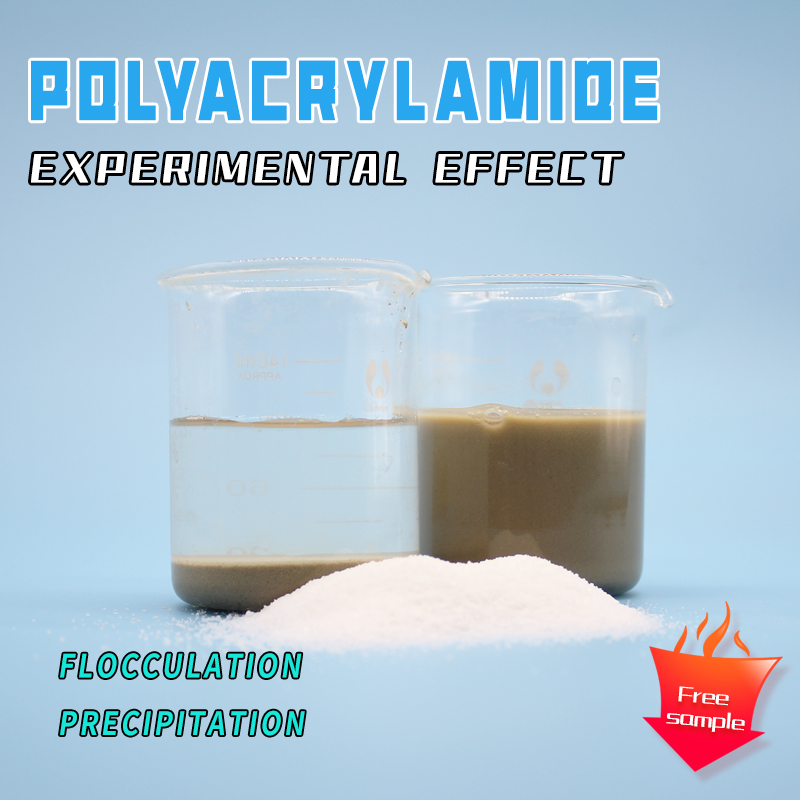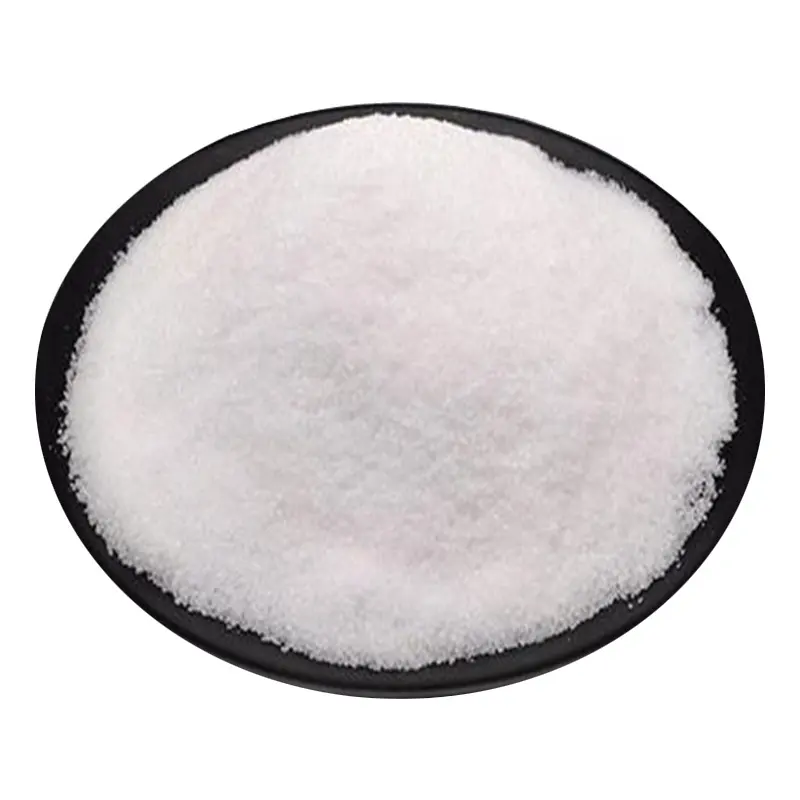The difference between polyacrylamide cations and anions
Polyacrylamide is a common polymer that can be decomposed into cations and anions. The properties and uses of polyacrylamide cations and anions are very different. Cationic polyacrylamide has a strong adsorption capacity and can adsorb organic matter, heavy metal ions, etc. in water to purify water. Cationic polyacrylamide also has good gelling properties and can …
The difference between polyacrylamide cations and anions Read More »

